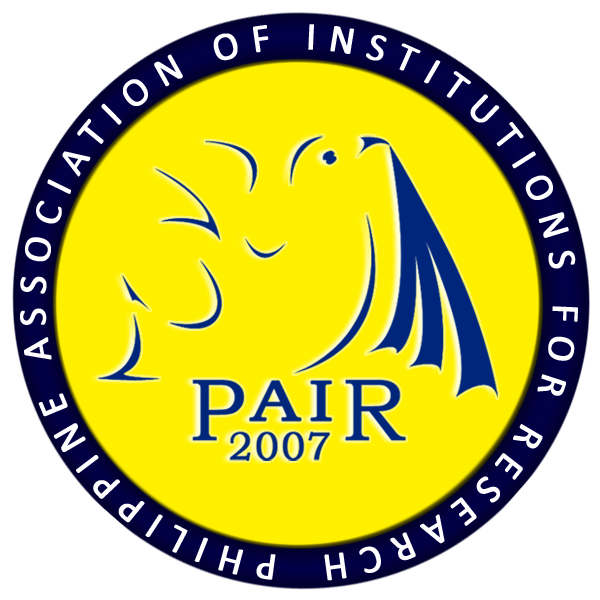Status and Prospect of Mushroom Industry in the Philippines
DOI:
https://doi.org/10.7719/jpair.v16i1.268Keywords:
Agriculture, mushroom, characteristics of prospect ten varieties, non-sterile using fermentation, SWOT analysis, PhilippinesAbstract
The mushroom industry in the Philippines has exacerbated since 1995, and the lowest production volume was 355 metric tons (MT) in 2009. Most of the mushroom consumed were imported from the different countries of South East Asia like China, Taiwan, Thailand, Malaysia, Korea and Japan. Growing mushrooms in the Philippines is economically feasible due to low- production cost, abundance of cheap substrates from agro wastes and high demand, which will be profitable to the mushroom growers. The study aimed to assess the production of mushroom in some parts of the Philippines, assess their potentials and introduce the non-sterile fermentation method of growing mushroom to the Philippine mushroom industry. There are ten varieties of edible and medicinal mushrooms grown in the Philippines such as Paddy straw mushroom, Oyster mushroom, Shiitake mushroom, Button mushroom, Ear fungi mushroom, Milky mushroom, Yellowish oyster mushroom, Reishi mushroom, Lion`'s mane mushroom, and King tuber oyster mushroom. Supporting the mushroom industry is vital in developing the rural economy, enhancing employment and income opportunity in the rural communities as well as providing income to the small farmers.
Downloads
References
Berch, S. M., Ka, K. H., Park, H., & Winder, R. (2007). Development and potential of the cultivated and wild-harvested mushroom industries in the Republic of Korea and British Columbia. Journal of Ecosystems and Management, 8(3).
Downloads
Published
Issue
Section
License
Copyright (c) 2014 Hyun You Chang, Sung Woo Jeon, Alma L. Cosadio, Casimero L. Icalina, Rodel Panganiban, Rosalito Quirino, Yanghoon Song

This work is licensed under a Creative Commons Attribution-NonCommercial 4.0 International License.
Open Access. This article published by JPAIR Multidisciplinary Research is licensed under a Creative Commons Attribution-Noncommercial 4.0 International (CC BY-NC 4.0). You are free to share (copy and redistribute the material in any medium or format) and adapt (remix, transform, and build upon the material). Under the following terms, you must give appropriate credit, provide a link to the license, and indicate if changes were made. You may do so in any reasonable manner, but not in any way that suggests the licensor endorses you or your use. You may not use the material for commercial purposes.




















